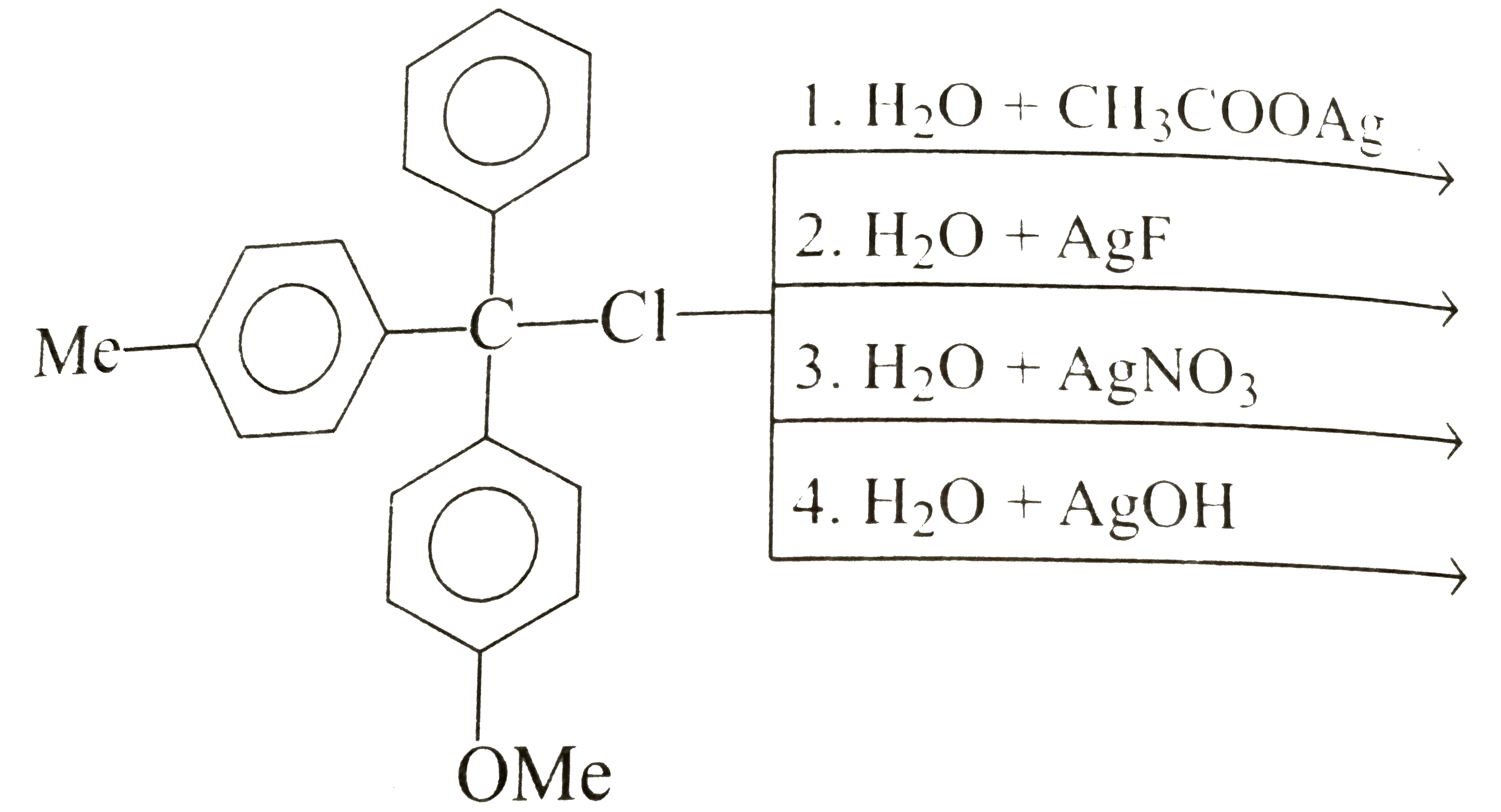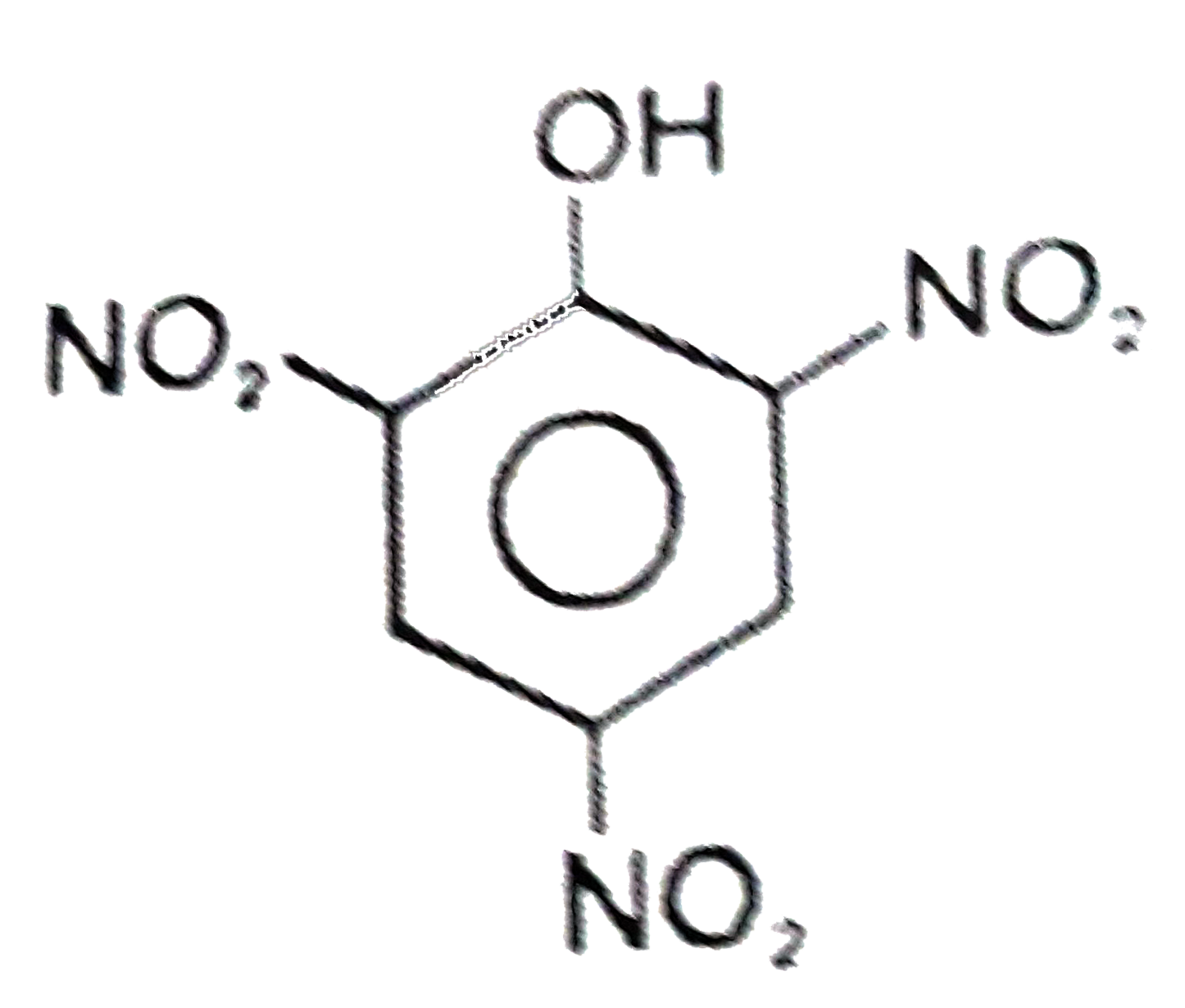Consider the following nuclear reactions and select the correct statemetns from the option given below .
Reaction I n→p+e−+v Reaction II: p→n+e++v
Free neutron is unstable, therefore reaction I is possible
Free proton is stable, therefore reactionII is not possible
Inside a nucleus, both decays (reactions I and II) are possible
Inside a nucleus, reaction I is not possible but reaction II is possible.
The correct Answer is:A, B, C
To analyze the given nuclear reactions and determine the correct statements, let's break down the reactions and their implications step by step.
Step 1: Understand the Reactions
1. Reaction I: n→p+e−+ν
- This reaction shows a neutron (n) decaying into a proton (p), an electron (e−), and a neutrino (ν). This is known as beta decay (specifically beta minus decay).
2. Reaction II: p→n+e++ν
- This reaction depicts a proton (p) decaying into a neutron (n), a positron (e+), and a neutrino (ν). This is known as beta plus decay.
Step 2: Analyze Stability of Neutrons and Protons
- Free Neutrons: Neutrons are unstable when they are in a free state (not bound within a nucleus). They have a half-life of about 14 minutes before they decay into protons, electrons, and neutrinos.
- Free Protons: Protons are stable in a free state. They do not decay under normal conditions.
Step 3: Evaluate the Reactions
- Reaction I: Since free neutrons are unstable, this reaction is possible. Neutrons can decay into protons, electrons, and neutrinos when they are not bound in a nucleus.
- Reaction II: Free protons are stable and do not decay. Therefore, this reaction cannot occur in a free state.
Step 4: Consider the Reactions Inside a Nucleus
- Inside a nucleus, both types of decay can occur:
- Neutrons can decay into protons (Reaction I).
- Protons can also convert into neutrons under certain conditions (Reaction II), such as in the presence of high-energy environments or during certain types of nuclear reactions.
Step 5: Summarize the Findings
1. Statement A: Free neutrons are unstable - True (Reaction I is possible).
2. Statement B: Free protons are stable - True (Reaction II is not possible).
3. Statement C: Inside a nucleus, both decays are possible - True.
4. Statement D: Inside a nucleus, Reaction I is not possible - False (Reaction I is indeed possible inside a nucleus).
Conclusion
The correct statements regarding the nuclear reactions are:
- A: True
- B: True
- C: True
- D: False
1. Reaction I: n→p+e−+ν
- This reaction shows a neutron (n) decaying into a proton (p), an electron (e−), and a neutrino (ν). This is known as beta decay (specifically beta minus decay).
2. Reaction II: p→n+e++ν
- This reaction depicts a proton (p) decaying into a neutron (n), a positron (e+), and a neutrino (ν). This is known as beta plus decay.
- Free Neutrons: Neutrons are unstable when they are in a free state (not bound within a nucleus). They have a half-life of about 14 minutes before they decay into protons, electrons, and neutrinos.
- Free Protons: Protons are stable in a free state. They do not decay under normal conditions.
- Reaction I: Since free neutrons are unstable, this reaction is possible. Neutrons can decay into protons, electrons, and neutrinos when they are not bound in a nucleus.
- Reaction II: Free protons are stable and do not decay. Therefore, this reaction cannot occur in a free state.
- Inside a nucleus, both types of decay can occur:
- Neutrons can decay into protons (Reaction I).
- Protons can also convert into neutrons under certain conditions (Reaction II), such as in the presence of high-energy environments or during certain types of nuclear reactions.
1. Statement A: Free neutrons are unstable - True (Reaction I is possible).
2. Statement B: Free protons are stable - True (Reaction II is not possible).
3. Statement C: Inside a nucleus, both decays are possible - True.
4. Statement D: Inside a nucleus, Reaction I is not possible - False (Reaction I is indeed possible inside a nucleus).
The correct statements regarding the nuclear reactions are:
- A: True
- B: True
- C: True
- D: False
Topper's Solved these Questions
- THE NUCLEUSBOOK - RESNICK AND HALLIDAYCHAPTER - THE NUCLEUSEXERCISE - PRACTICE QUESTIONS (Linked Comprehension)
12 Videos
- THE NUCLEUSBOOK - RESNICK AND HALLIDAYCHAPTER - THE NUCLEUSEXERCISE - PRACTICE QUESTIONS(Matrix - Match)
14 Videos
- THE NUCLEUSBOOK - RESNICK AND HALLIDAYCHAPTER - THE NUCLEUSEXERCISE - PRACTICE QUESTIONS (Single Correct Choice Type)
69 Videos
- THE KINETIC THEORY OF GASESBOOK - RESNICK AND HALLIDAYCHAPTER - THE KINETIC THEORY OF GASESEXERCISE - PRACTICE QUESTIONS
72 Videos
- UNITS AND MEASUREMENT BOOK - RESNICK AND HALLIDAYCHAPTER - UNITS AND MEASUREMENT EXERCISE - PRACTICE QUESTIONS (MATRIX-MATCH)
11 Videos
Similar Questions
Knowledge Check
Consider the following reactions:

Select the correct statement from the following:AP is more than Q.BS is not formed in the reaction (II)CT is almost 100% product of the reaction (III)DAll other are also correctConsider the following reaction and select correct statement :
 Aonly one product will be fromed in each of these reactionBthe rate of reaction remains the same in all the reactions.Cthere will be 100% racemisation in all reactionDthe rate of reaction will be twice in 2nd reaction if conc . AgF is doubled
Aonly one product will be fromed in each of these reactionBthe rate of reaction remains the same in all the reactions.Cthere will be 100% racemisation in all reactionDthe rate of reaction will be twice in 2nd reaction if conc . AgF is doubledObserve the following reaction, and select the correct option
 A
A B
B C
C D
D
Consider the following sequence of reactions :

Identify E.
View SolutionConsider the reaction given below :

View SolutionConsider the following reaction

select the major product formed in the given reaction
View SolutionConsider the following reaction:

(I) and (II) are respectively
View SolutionConsider the following the reaction

Select the product(s) formed in the given reaction.
View Solution


